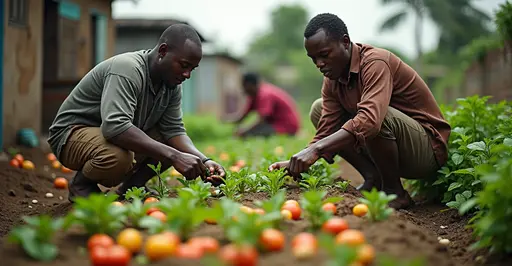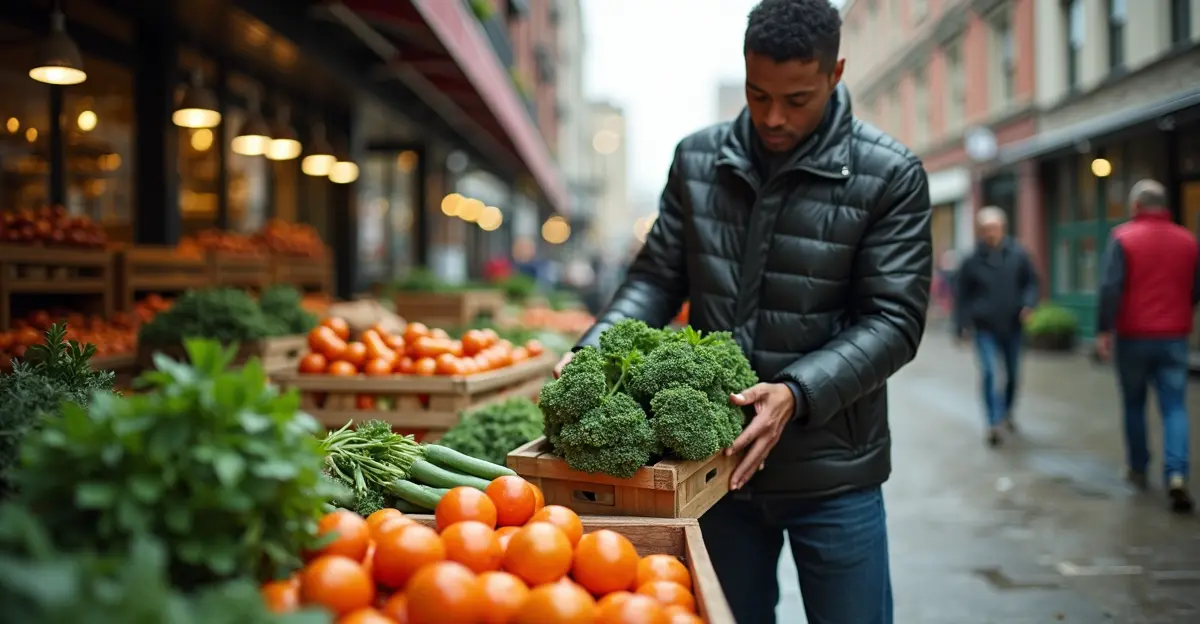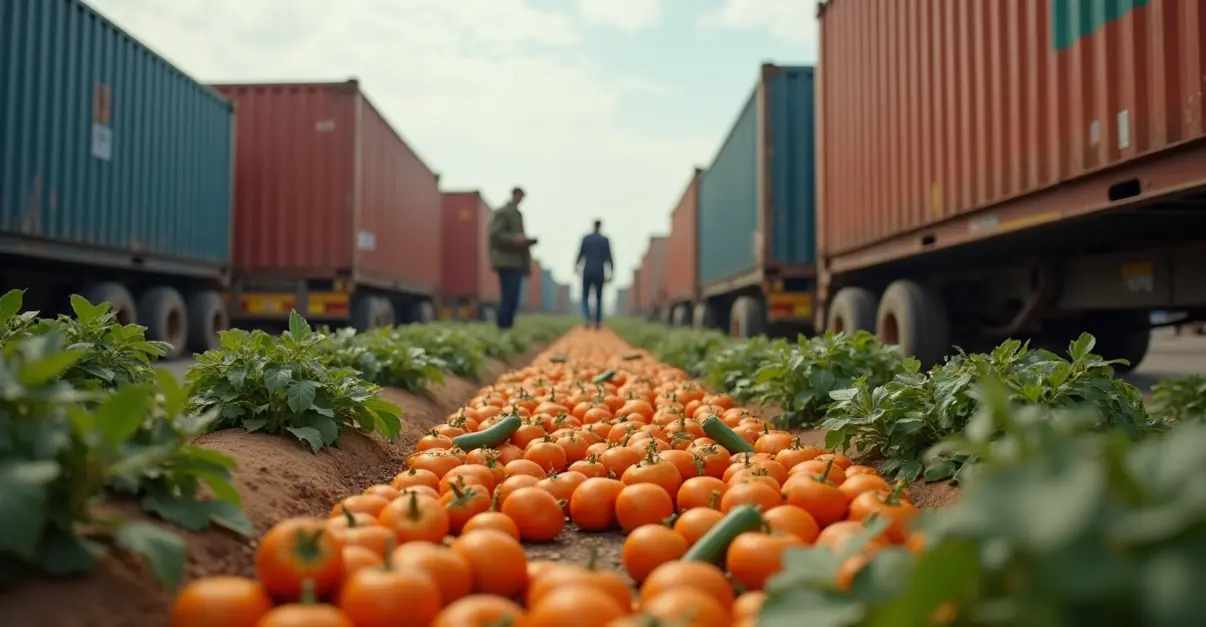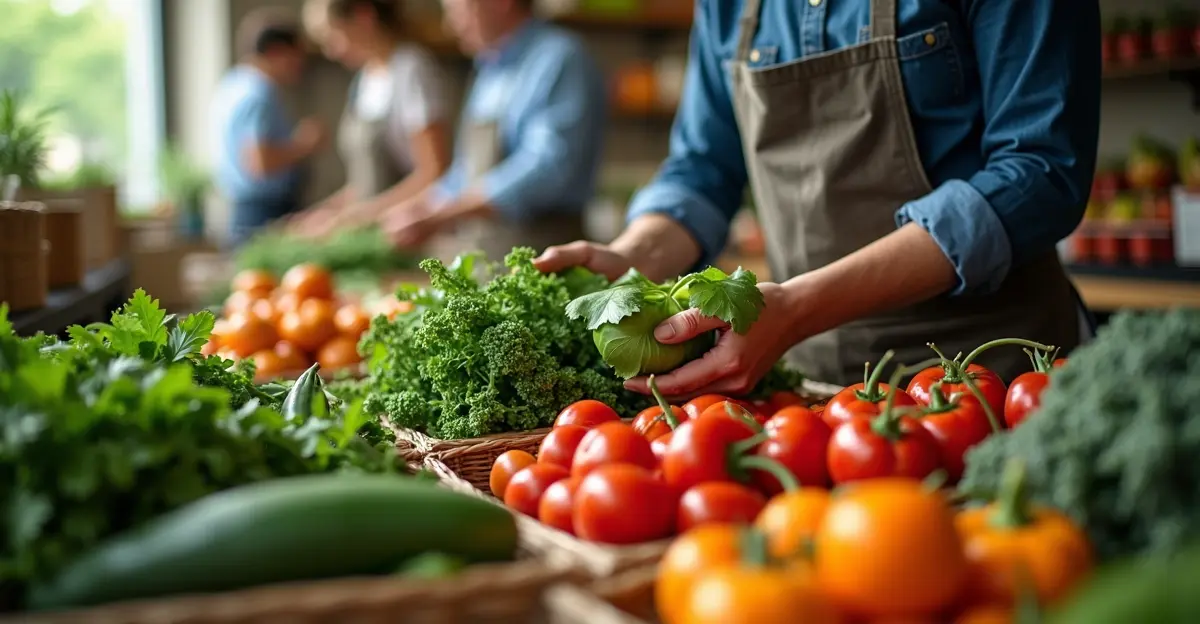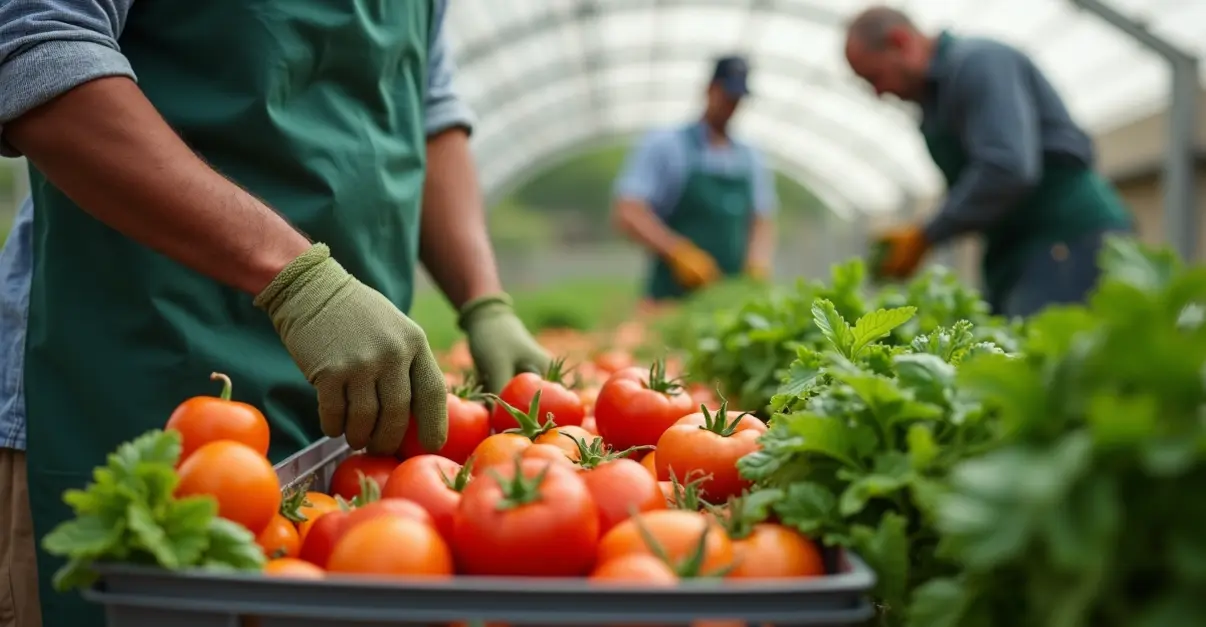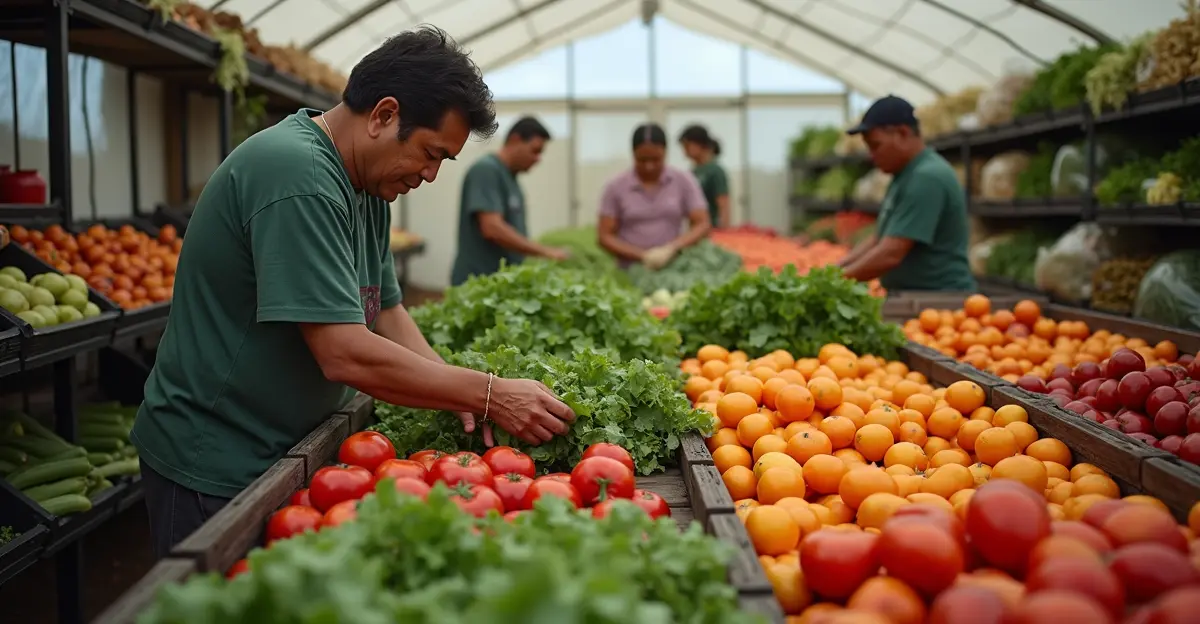Federal and state grants totaling over $400 million are strengthening local food systems through equipment funding and infrastructure development. Programs focus on supply chain resilience, supporting small producers with deadlines throughout 2025.
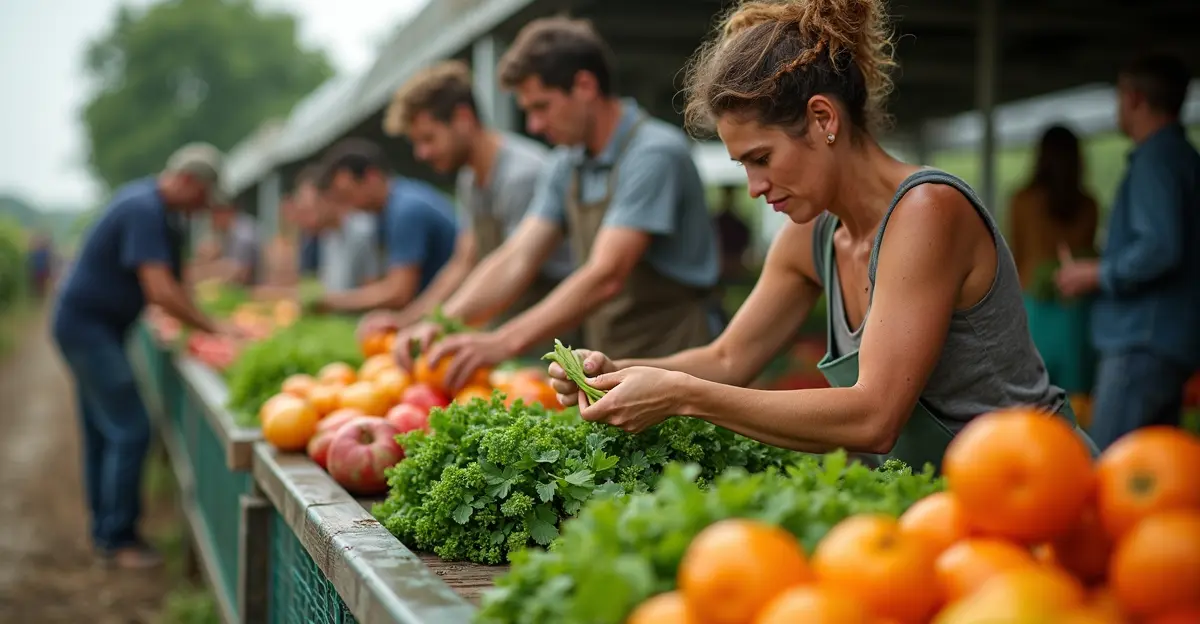
Major Funding Programs Strengthen Local Food Supply Chains
Across the United States, significant federal and state funding is being deployed to build more resilient food systems through grants and investments that support local production and supply chain redundancy. The USDA's Resilient Food Systems Infrastructure (RFSI) Program represents one of the largest initiatives, providing approximately $400 million to all states and territories to strengthen the middle of the food supply chain.
California's Equipment-Focused Approach
In California, the Resilient Food Systems Infrastructure Program 2025 offers $2.35 million specifically for equipment-only grants ranging from $10,000 to $100,000. 'This program is designed to create more processing options and build supply chain resilience for our small and mid-sized producers,' explains a California Department of Food and Agriculture spokesperson. The program focuses exclusively on processing, aggregation, and distribution equipment for California-grown crops, with no matching funds required.
Multiple Federal Programs Available
Beyond the RFSI program, the USDA recently announced $26.5 million in additional grant funding through three key programs: the Farmers Market Promotion Program ($11 million), Local Food Promotion Program ($11 million), and Regional Food System Partnerships ($4.5 million). These programs target different aspects of local food systems, from direct-to-consumer sales to regional coordination efforts.
Building Redundancy and Capacity
The funding emphasis on middle-of-supply-chain infrastructure represents a strategic shift toward creating redundancy in food systems. 'When we invest in local processing and distribution capacity, we're building buffers against disruptions that can affect national food security,' notes a food policy expert from Washington State, where the Department of Agriculture recently awarded $7.32 million to seven projects through their RFSI program.
Washington's program supported both small projects (under $500,000) and large projects (over $500,000) for storage facilities, production equipment, and processing capacity development. The competitive nature of these grants is evident from the 84 applications requesting $68.2 million for the available $7.32 million in funding.
Application Deadlines and Requirements
For those interested in applying, deadlines vary by program and state. California's equipment-only grants have a July 17, 2025 deadline, with awards announced in November 2025. The USDA's broader programs have earlier summer deadlines, with some requiring matching funds of 25% to 100% depending on the specific program requirements.
Eligible applicants typically include agricultural producers, processors, nonprofits, local governments, tribal governments, and educational institutions. The focus remains on projects that benefit locally and regionally produced foods, with particular attention to supporting underserved agricultural businesses and communities.
Long-Term Impact on Food Security
These funding programs represent a significant investment in creating more robust and flexible food systems. 'By strengthening our local and regional food infrastructure, we're not just preparing for emergencies—we're building stronger local economies and more sustainable food production models,' observes a community food system coordinator from Vermont, where recent USDA grants are supporting dairy workforce development and local food initiatives.
The collective impact of these programs could transform how food moves from farm to table, creating more resilient supply chains capable of withstanding future challenges while supporting local economies and food producers.

 Nederlands
Nederlands
 English
English
 Deutsch
Deutsch
 Français
Français
 Español
Español
 Português
Português




